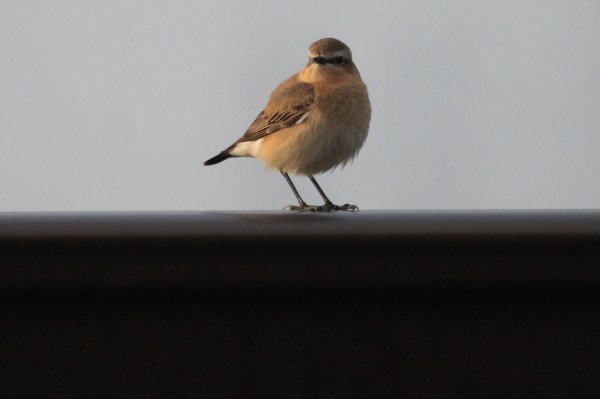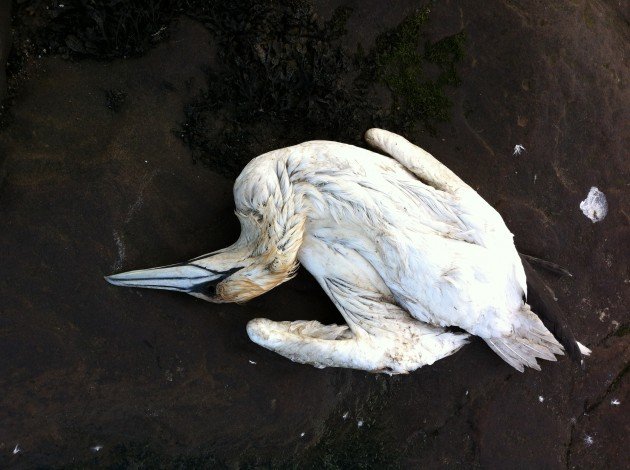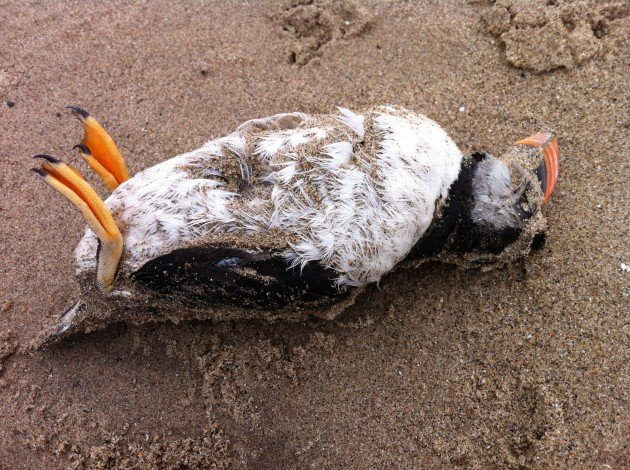
March is the month when everything generally bursts into life, migrants start arriving and by the end of the month everything in the British garden is looking rosy. Even in the north of the country we can expect three or four species to arrive by the end of the month, generally Sandwich Tern, Northern Wheatear, Sand Martins and the first singing Chiffchaffs. Not so this year, the second coldest March on record in Britain has slowed migration to a trickle ensuring the floodgates of returning migrants have remained firmly closed and birders scratching around slim pickings almost everywhere.
Wheatear (from a warmer Spring)
Only the winter of 1962 was colder than March 2013, a mean temperature of just 36F matched March 1947 to ensure it will be added to the records in joint second place. In addition rainfall was well down on the norm with only 65% historical average with Scotland only receiving 35% of it’s normal March downpours. The cold and dry conditions seen in March were largely due to high pressure dominating UK weather patterns, allowing cold and relatively dry air to move in from the east.
The other notable impact of the March weather was on some of our seabirds, many of which return to breeding cliffs and islands in March prospecting territories and nesting ledges for a few days in their thousands before pitching back out to sea to feed. It became apparent towards the end of the month that the high swell in the North Sea whipped up by the strong easterly winds was taking its toll on many of these seabirds. Over a two week period the corpses of at least a thousand seabirds were washed up along the north-east coast of Britain, and found during co-ordinated counts; many more were reported along much of the British coastline particularly in Scotland.
One of our best-loved and most photogenic seabirds the Atlantic Puffin was the main victim, presumably starving as food was driven into deep water to avoid the turbulent waves higher in the seas. Along with these were many Guillemots
and Razorbills as well as a smaller number of Northern Gannets. It was also notable that many birds trying to migrate out of Britain back to Scandinavia were held up by the easterly airflow, some attempting the crossing and seen to turn back. Others weren’t so lucky with a few tide-line corpses found of species such as Long-eared Owl.
Dead Gannet (above) and Atlantic Puffin(below)
Even now two weeks into April, numbers of the traditional early common migrants are well down on normal, though later arrivals like Barn Swallows and Willow Warblers are at least having the decency to turn up on time. Will the late Chiffchaffs and Sand Martins turn up after being held up for 3 weeks or will they have settled for a more southerly breeding location? It is hard to tell right now but we certainly seem to have much fewer numbers of both species even now on a national scale. A look at the British Trust for Ornithology’s data in their fantastic Birdtrack site suggests the reporting rate (the percentage of lists that include this species) for Chiffchaffs is for example down from 51% by week 14 last year to just over 20% in the equivalent week this year, so it could be that we may have a very poor breeding season for some of our delayed travelers.
















My goodness, you Brits have it good. OUR (German) March was the coldest since the 1880ies, while our winter (Jan to Feb) had the least sunlight hours on record – like, ever!
It is very sad though that the sea birds suffered so much. Let us all hope for our hobby’s and the birds’ sake that we will somehow move on to summer before the September storms will hit. however unlikely that may be…
Cheers!